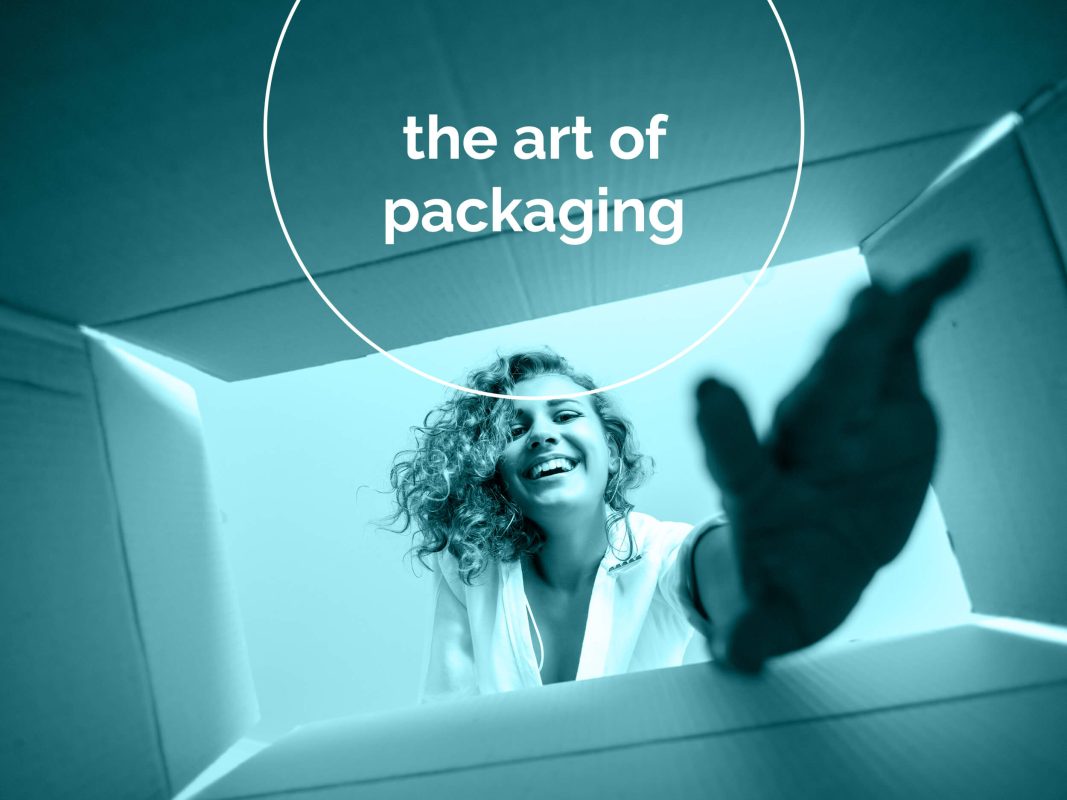Collective: The Art of Packaging – Balancing Form, Function + Brand Identity

Packaging design and development is complex – are you getting it right?
Effective packaging not only protects the product, but also communicates brand identity and influences consumer purchasing decisions. In a world where many purchasing choices are made in mere seconds, packaging plays a pivotal role, whether in physical stores or the digital realm.
Numerous factors, including visual appeal, brand recognition, message clarity, size, shape, price point and emotional resonance, collectively shape the packaging’s impact. So, let’s break it down with some key considerations and tips on how to create effective and compelling packaging.
Understanding the Market
Review the market landscape by researching the competitor landscape (product variants, pack colour, shape style, quantities, perceived value) so you can determine what to steer away from and find new ways and opportunities for your product to be unique and stand out.
Design
- First and foremost, create a design that will immediately appeal to your target audience. Ensure that there is brand consistency, this can assist with brand recognition when you start to build loyalty.
- Maintain the brand guidelines – consider colour palette, fonts, graphics, and imagery
- Hierarchy – there is a fine balance between logos, imagery, key messages, and product benefits
- Future proof your packs – develop designs that are on trend as opposed to ‘trending’ so that you’re not updating designs regularly
- Consider the entire portfolio. How does each pack fit into the range and brand architecture?
Functionality
- Packaging needs to be simple to use and needs to protect and promote the product, providing adequate protection during transportation, storage, and handling.
- Does the product require protection i.e., is it fragile, waterproof, sensitive to temperature or light?
- Ensure that the packaging is easy to open, close, and use. Consider features like resealable packs, handles, or pour spouts, depending on the product type.
Messaging:
- Simplicity is key. Keep your message clear and concise; avoid overwhelming packaging with excessive information.
- Maintain brand consistency to build recognition and trust over time.
- Think about the ‘why’ of your product? What are the benefits and what problem are you solving? A great example of this concept can be found in pharmaceutical brands, which market ‘headache relief tablets’ rather than just paracetamol.
- Regulatory Compliance: ensure that your packaging complies with all relevant local, national, and international regulations. This includes safety warnings, ingredient lists, instructions, weight, recycling symbols.
Printing
Understanding the printing and finished process also plays a part in the design process and should always be considering at the development stage.
- Choosing materials and finishings. This is important to both the cost of the packaging and the aesthetic of the overall product.
- Is sustainability part of the product proposition? With growing environmental concerns, eco-friendly packaging is gaining importance. Use recyclable or biodegradable materials and consider reducing excess packaging to minimize waste. Consider the environmental footprint.
- Transport and Logistics: Think about the efficiency of your packaging during shipping and storage. Consider stackability, compactness, and how it fits into pallets or containers.
- Shelf Life: Packaging materials and designs should be suitable for the product’s intended shelf life.
- Do a test print run and mock up the packaging to test colours, visibility, experience.
Brand experience – beyond the packaging
The packaging process does not stop on the outside of the pack or on shelf. When your product is taken home or delivered, what is the experience? The whole engagement process plays a part in establishing a connection and forming a memorable brand experience.
- Aim to excite, inspire, or surprise your customer.
- User Experience: Consider the sensory aspects of packaging, such as the texture of materials, the sound it makes when opened, and how it feels to hold.
In summary, there are many variables in designing great packaging. Many businesses get it wrong, regardless of whether the product is good or bad, it can make or break its success. Taking these factors into account during the packaging development process can help you create packaging that not only protects your product but also enhances its appeal, marketability, and sustainability.
Packaging design must be strategic and considered. When executed skillfully, it will go a long way to creating a lasting impression, reiterate the brand essence, cultivate brand loyalty and converting the customer. If you are launching a new product or would like us to review your current packaging, contact the team at Sidedoor today.


